- About Us
- Contact Us
- Call Our Experts
Ngorongoro Crater
Africa’s Eden of Wildlife
Ngorongoro Crater is one of the most iconic and breathtaking natural wonders in Africa. Formed over two million years ago by a collapsed volcano, it is now the world’s largest inactive, intact volcanic caldera and a UNESCO World Heritage Site. With dramatic landscapes and incredibly dense wildlife populations, Ngorongoro offers one of the highest chances of seeing the Big Five in a single game drive—all within the floor of a collapsed volcano.
Attractions Found in Ngorongoro Crater
Ngorongoro Crater is a self-contained ecosystem and a wildlife paradise:
Big Five Game Viewing
Lions, elephants, leopards, buffaloes, and one of the best places in Tanzania to spot endangered black rhinos.
Lerai Forest & Lake Magadi
Home to elephants and flamingos, this forested region contrasts beautifully with the open plains.
Ngorongoro Highlands
Rolling green hills and coffee plantations surround the crater rim, offering stunning vistas and cool air.
Olmoti & Empakaai Craters
Nearby volcanic craters offering off-the-beaten-path hiking experiences and beautiful scenery.
Maasai Communities
Encounter traditional Maasai villages that lie along the rim and experience their unique pastoral culture.
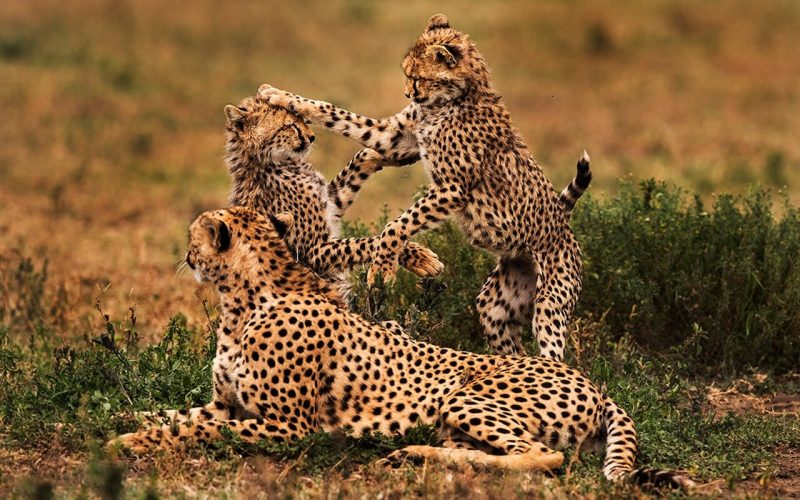
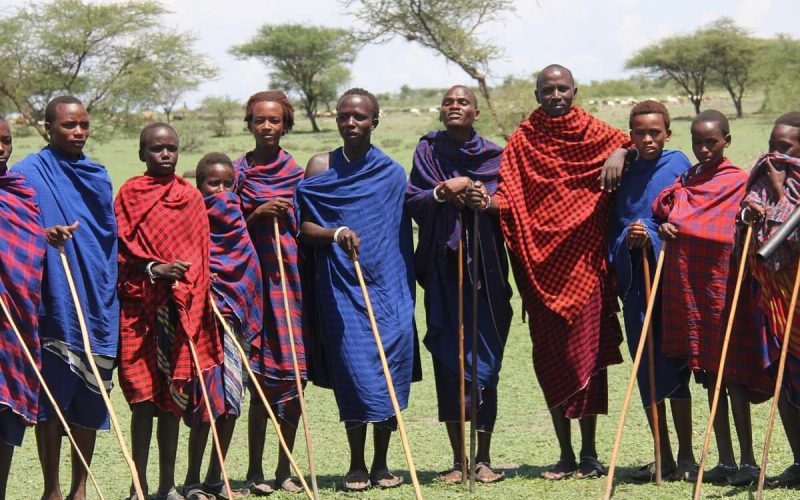
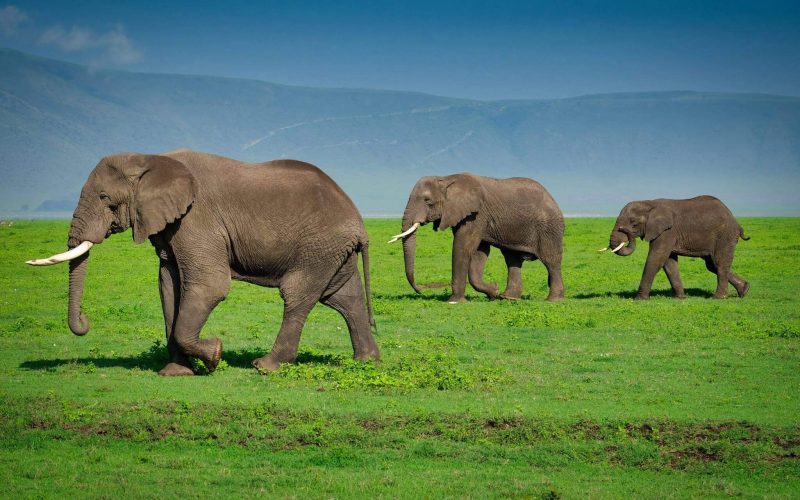
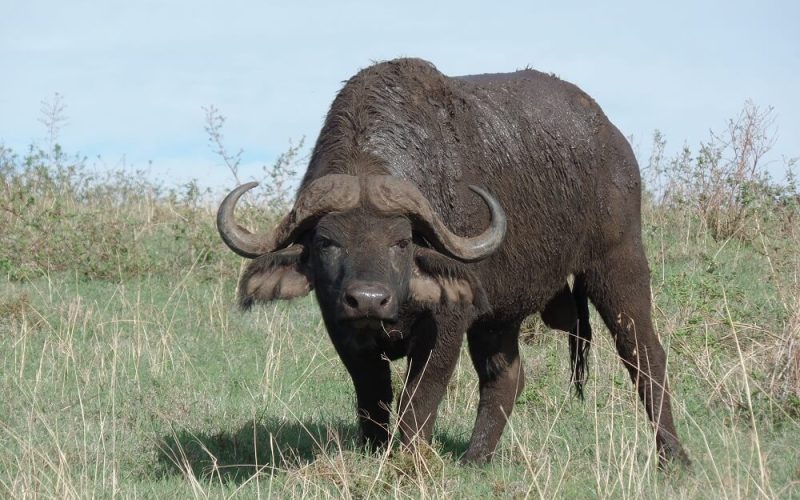
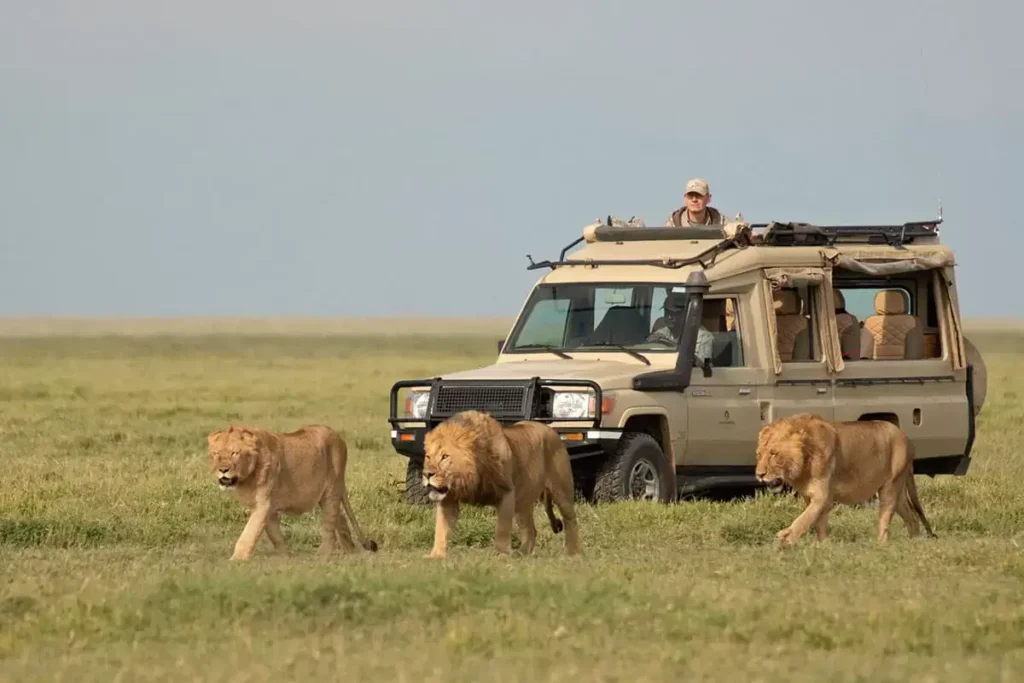
Things to Do in Ngorongoro Crater
Ngorongoro is more than just a game drive—it’s a full immersion into one of nature’s greatest theaters:
Game Drives on the Crater Floor
Spend the day observing lions, rhinos, hyenas, elephants, and more in the world’s most concentrated wildlife sanctuary.
Crater Rim Viewing
Enjoy panoramic views from the rim lodges or scenic picnic sites overlooking the vast caldera below.
Cultural Visits
Visit local Maasai bomas for cultural exchanges, dances, and insights into their traditional lifestyles.
Hiking
Trek to Olmoti Crater or descend into Empakaai Crater for a more active and scenic exploration.
Birdwatching
Spot crowned cranes, flamingos, eagles, and over 500 other bird species in a compact and varied environment.
Weather and Climate in Ngorongoro Crater
Thanks to its elevation (over 2,200 meters at the rim), the Ngorongoro area enjoys a mild, temperate climate:
Best for game viewing as vegetation is sparse and animals gather at water sources. Temperatures are cool on the rim and mild inside the crater.
The crater becomes lush and scenic. Birdlife is abundant, and calving season (Jan–March) brings lots of predator activity.
- Short Rains – November to December: Light and intermittent showers.
- Long Rains – March to May: Heavier rains, but fewer crowds and stunning greenery.
How to Get to Ngorongoro Crater
Ngorongoro is well-connected and seamlessly fits into Northern Tanzania safari circuits:
By Air
Fly from Arusha or Serengeti to Lake Manyara Airstrip, followed by a scenic drive to the crater area.
By Road
About 3–4 hours’ drive from Arusha (180 km), passing through scenic landscapes and small towns.
From Nearby Parks
Easily accessible from Lake Manyara (1.5 hours), Tarangire, and the Serengeti (via Naabi Hill Gate).
RELATED DESTINATIONS PACKAGES
Arusha National Park
Ruaha National Park
Serengeti National Park
What our client say about Us
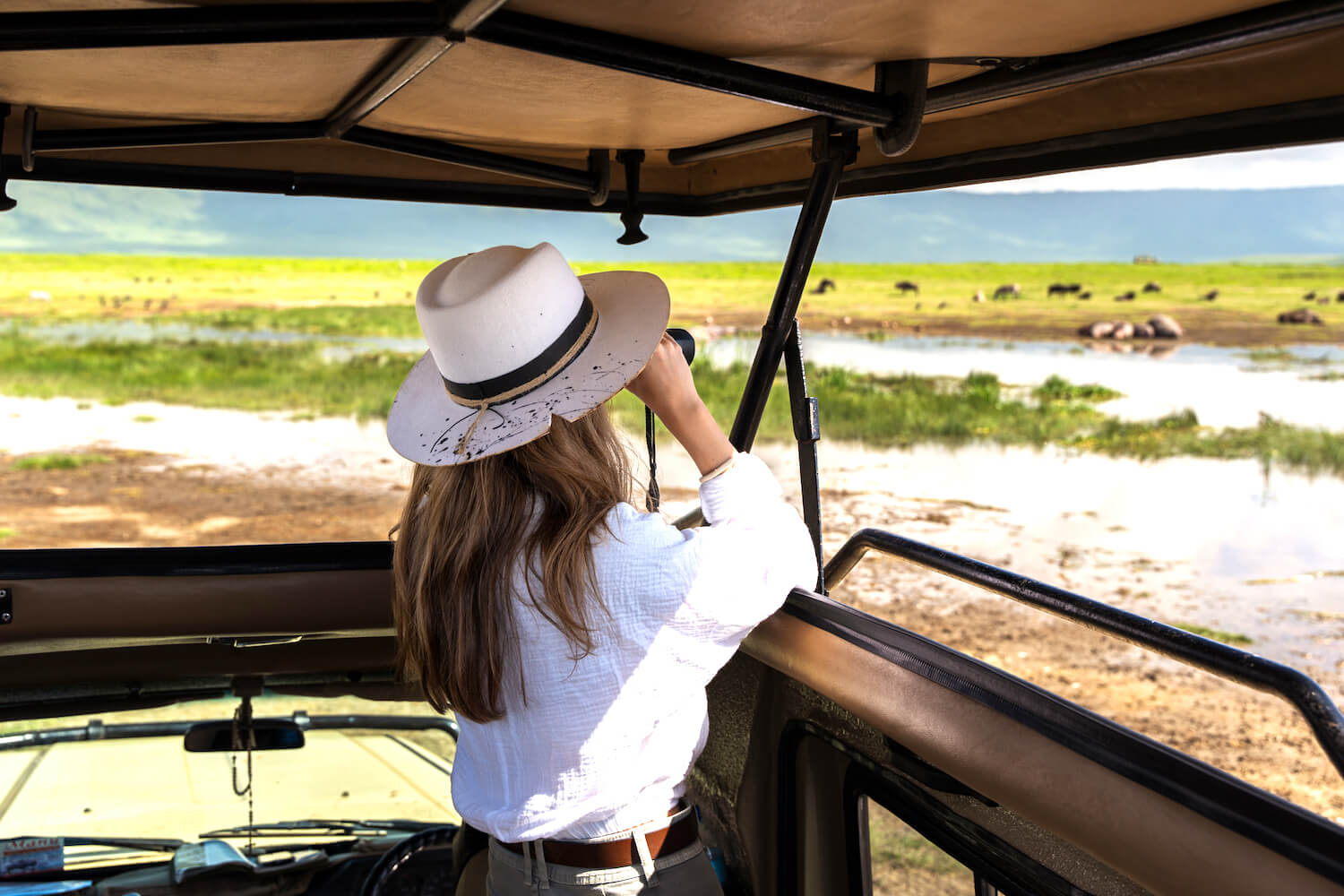
Wonderful tripWe (6 people from Austria, Poland and Greece) booked a 10 day private safari with Tanzania Experience, visiting Tarangire, the Serengeti, Ngorongoro, Arusha and Arusha National park, and the Kilimanjaro. Thanks especially to our excellent guide, it was a wonderful journey filled with exciting adventures. Our Guide was extremely helpful, constantly trying to find the most exciting spots, solving any problem that occurred, including getting the car that was stuck in the mud out again. If you plan a trip to see the wildlife in Tanzania, then we can unconditionally recommend this travel agency and especially our guide, they will make your trip an unforgettable one.
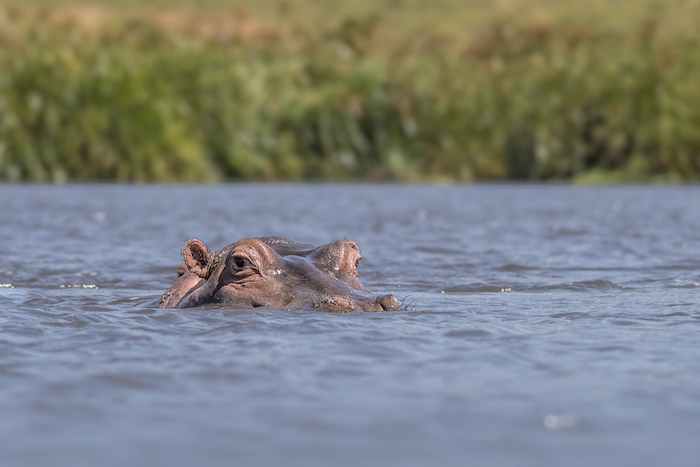
Join/Follow us on



